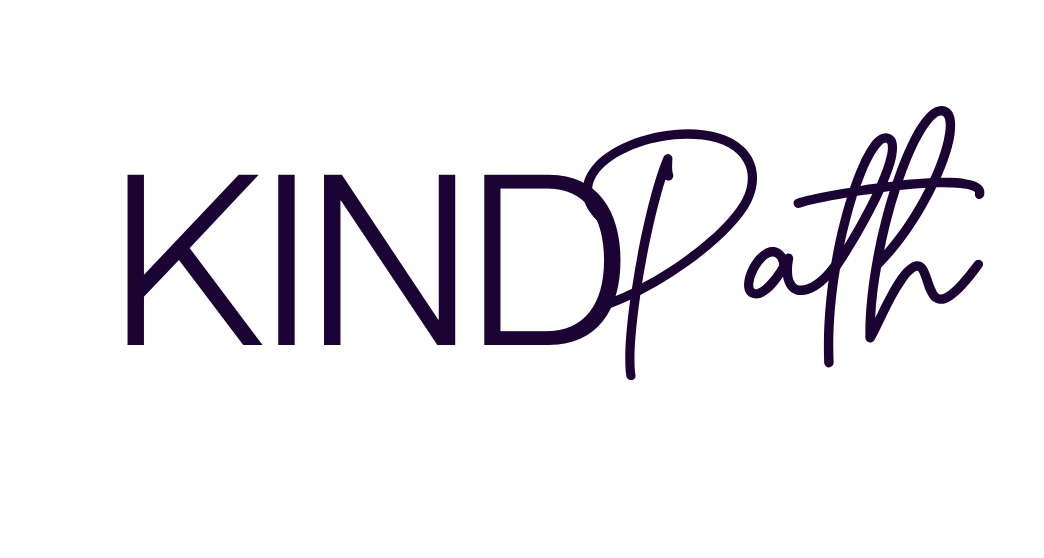The State of Mental Health: Minnesota
Minnesota is known for its proactive approach to mental health care, with a range of services available to residents. The state offers various programs and resources aimed at improving mental health outcomes, but significant challenges remain, particularly for underserved and rural populations.
In Minnesota, mental health disparities are notably pronounced, particularly among BIPOC (Black, Indigenous, and People of Color) communities. Significant variations exist in healthcare quality and outcomes based on race, ethnicity, language, and country of origin. For instance, Indigenous/Native, Black, and Hispanic/Latinx patients generally receive lower rates of optimal care compared to the statewide average. Additionally, individuals whose primary language is not English or those born outside the U.S. tend to have worse health outcomes (MN Community Measurement) (United Brain Association).
Strengths
- Comprehensive Services: Minnesota has a well-developed network of mental health services, including community mental health centers, crisis intervention teams, and school-based mental health programs.
- Legislative Support: The state has enacted several laws to support mental health care access and insurance coverage, making it easier for residents to receive the care they need.
- Innovative Programs: Minnesota is home to various innovative mental health initiatives, such as integrated care models and telehealth services, which have expanded access to mental health care, particularly in rural areas.
Challenges
- Access Disparities: Despite the robust network, rural and underserved communities still face barriers to accessing mental health services, including long wait times and a shortage of providers. Geographic isolation and limited transportation options further exacerbate these issues.
- Stigma: Stigma around mental health issues persists, deterring individuals from seeking help. Efforts are ongoing to reduce this stigma through public awareness campaigns and community engagement.
- Workforce Shortages: There is a critical shortage of mental health professionals in Minnesota, impacting the availability and quality of care, especially in less populated areas. This shortage is more pronounced in rural regions, where attracting and retaining qualified professionals is challenging.
- Financial Constraints: Many residents in underserved and rural areas face financial barriers to accessing mental health care, including high out-of-pocket costs and limited insurance coverage. This can prevent individuals from seeking necessary treatment.
- Limited Resources: Rural communities often lack the infrastructure and resources to support comprehensive mental health services. This includes a scarcity of specialized care and support services that are more readily available in urban areas.
The challenges are systemic.
When it comes to mental health specifically, these disparities are further exacerbated by systemic issues such as racial bias and discrimination in medical environments, language barriers, and a lack of available mental health resources in underserved communities. BIPOC communities face heightened challenges in accessing mental health care, often due to economic and societal factors (United Brain Association) (Mental Health America).
Here are the current statistics on mental health disparities in Minnesota:
- Mental Health Disparities by Race: Indigenous, Black, and Hispanic/Latinx patients in Minnesota have significantly lower rates of optimal care compared to the statewide average across most measures, including diabetes care, vascular care, and depression remission. Patients whose primary language is not English also experience lower rates of optimal care (MN Community Measurement) (Minnesota Department of Health).
- Insurance Disparities: BIPOC communities in Minnesota are more likely to be uninsured or underinsured compared to white communities, leading to reduced access to mental health services (United Brain Association).
- Mental Health Diagnoses: In 2022, 18.8% of Minnesota adults reported experiencing frequent mental distress, with higher rates among BIPOC populations (Minnesota Department of Health).
- Suicide Attempts among Youth: Approximately 10% of Minnesota students in grades 6, 9, and 12 reported attempting suicide in the past year, with higher rates observed in BIPOC youth compared to their white peers (Minnesota Department of Health).
These disparities emphasize the urgent need for targeted actions to address and close the gaps in mental health care, ensuring equitable access to high-quality, culturally informed services for all residents of Minnesota.
“Many people simply don’t have conversations when they’re starting to have thoughts of suicide. They will keep that to themselves. They’re afraid of what happens.”
— Prof. Tracie Rutherford Self
Minnesota State University, Mankato

“Many people simply don’t have conversations when they’re starting to have thoughts of suicide. They will keep that to themselves. They’re afraid of what happens.”
— Prof. Tracie Rutherford Self
Minnesota State University, Mankato
“Many people simply don’t have conversations when they’re starting to have thoughts of suicide. They will keep that to themselves. They’re afraid of what happens.”
— Prof. Tracie Rutherford Self
Minnesota State University, Mankato
Nearly Half of Minnesotans with Mental Illness Aren't Receiving Treatment—And 1 in 5 Face Unmet Needs
Mental health disparities in Minnesota are significant, particularly affecting underserved populations such as Indigenous, Black, and Hispanic communities.
21.6%
of adults with a mental illness report unmet needs for mental health treatment, reflecting significant barriers to care
46.1%
of adults with mental illness receive no treatment at all, highlighting the ongoing challenges in accessing mental health services across the state.
Rural and Underserved Minnesotans Face a Growing Mental Health Crisis, with Alarming Suicide Rates Among BIPOC Youth
Minnesota faces significant challenges in mental health, particularly in rural and underserved areas. The state ranks 21st overall for mental health, indicating a moderate prevalence of mental illness and access to care. Despite this, access to mental health services remains a critical issue, especially in rural regions where there is a shortage of mental health professionals (Mental Health America).
There are significant mental health disparities, particularly among underserved and rural populations. As of recent data, approximately 19.3% of adults in Minnesota report having a mental illness, and about 4.3% have a serious mental illness. In rural areas, challenges such as limited access to mental health services, transportation issues, and the stigma surrounding mental health contribute to these disparities. Furthermore, BIPOC youth are disproportionately affected, with 11.4% reporting suicide attempts compared to 6.6% of their white peers. Additionally, 12.7% of students have seriously considered suicide within the last year, and 3.8% have attempted suicide.
Finding the root cause
There are various underlying reasons that rural counties have higher rates of suicide, including a lack of access to mental health care, financial barriers, more jobs that involve physical labor, privacy concerns about seeking help and access to firearms, according to the Center for Rural Policy and Development’s report.
In
this report, from 2023, it was found that the most densely populated counties averaged one licensed professional for every 197 residents, while the least populated counties averaged one licensed professional for every 741 residents. Supporting data from 988 — the national suicide & crisis lifeline – shows that Northeast Minnesota has the lowest use of the line, but the highest rate of suicide, of any region in the state, demonstrating that many people don’t reach out.

Career
Open Positions (Coming Soon!)
Media
press@kindpath.health
Support
support@kindpath.health
The Kindred Collective





